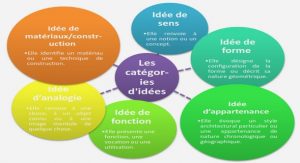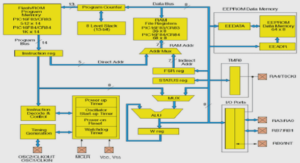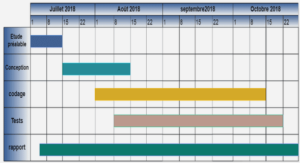The confusion and insufficiencies of common conceptualizations of reflection
Moon and the ill-structured nature and material of reflection
Moon’s work is the last stop in our broad overview of theorists of reflection. She published Reflection in Learning & Professional Development in 1999,33 with some hindsight with regards to the significance of the contributions of previous theorists. The result is an encompassing study of reflection that is well informed by previous theories and by common-sense views of it, but also by her pragmatic concern to clarify the concept of reflection for educators in everyday practice. Moon attentively considers the similarities and discrepancies in preceding conceptualizations of reflection before producing her own. One of Moon’s key conclusion is that reflection is concerned with “complicated, ill-structured ideas” and situations of uncertainty.30 This echoes Dewey’s “perplexity, hesitation, doubt” or Schön’s “unexpected outcome […] that does not fit the categories of our knowing-in-action.” Because she is interested by the pedagogical application of reflection, Moon also recognizes that there is “close association with, or involvement in, learning and the representation of learning” and reflection.
Research problem and purpose
Our examination of reflection, from John Dewey to Jennifer Moon, provides a better grasp of its conceptualization according to major theorists. A survey of the leading definitions and models of reflection provides an indicative account of what reflection is and how it came about. Had all theorists and educators worked with or expanded the same core model of reflection, a consensual understanding might have emerged. Unfortunately, because this has patently not been the case, there are important incompatibilities in both theoretical underpinnings and practical applications of reflection.34-36 To resolve the current complexity and contradictions of reflection, what is needed, in addition to an overview of authors, is a scrutiny of why and where the aforementioned interpretations of reflection clash.
In this section, we identify how discrepancies and uncertainties in ways of characterizing reflection have resulted in a confused application of reflection. Informed by this analysis, we outline the central elements and criteria for our research process that aims to define and model reflection.
The confusion and insufficiencies of common conceptualizations of reflection
Reflection has been of interest to many theorists who have each emphasized different and divergent characteristics of reflection to create their model of reflection. Compared to one another, current models appear individually incomplete yet are impossible to fully harmonize. Case in point, it is impossible to reconcile Boud et al.’s exploration of experience to create meaning with Schön’s reflection-in-action involving “thinking on our feet” in an “action-present” as both an “agent and experient” of experimentation. Because of the lack of clarity that has resulted from the host of existing models, additional authors have put forth even more models13, 19, 55-57 attempting to mitigate the lack of standardization, but in fact only compounding the problem.
The difficulties in defining reflection are not an exception in the broader context of pedagogical concepts or processes; in education, reflection is only a particular case where matters of definition are unresolved. Other concepts like competence, motivation, or intelligence come to mind. Thus, although what follows is directly related to reflection, the analysis could probably be applied to other pedagogical concepts.
Defining reflection as an exemplar of defining a pedagogical process: extrinsic definitions of reflection
We have presented six models of reflection that can be grouped on the basis of how the process of reflection is defined: extrinsically or intrinsically. Kolb’s model of reflection is the most extrinsically-defined. As discussed, Kolb characterizes reflection by its relation with—and distinction from—the other elements of his experiential learning model. This can be termed a context-driven definition of reflection. Getting a sense of where reflection is situated in the context of a model which encompasses it does help us delineate what reflection is not, but less what reflection is. Kolb’s context-driven definition of reflection structures its surrounding environment but not its inner working and requirements, which can be a cause for confusion in understanding and operationalization.
|
Introduction
The dawn of reflection
The bittersweet (at)traction of reflection in education
Major authors and contributions to reflectio
Research problem and purpose
The confusion and insufficiencies of common conceptualizations of reflection
Research question: What is reflection and how to define it?
Methods
Systematic review
Exploratory thematic analysis
Development process of definition and model
Purpose
Methods
Results
Discussion
Conclusion
References
![]() Télécharger le rapport complet
Télécharger le rapport complet





